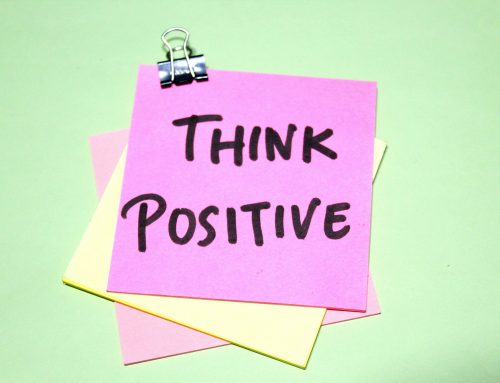The brain/body connection is not exclusive to elementary age students. In fact, it does not discriminate. This magnificent relationship is ongoing, extremely subtle, and critical to the teaching and learning process at all grade levels and content areas. Using thoughtful and purposeful physical activity is no less appropriate in a high school trigonometry classroom than it is in a 1st grade art classroom. However, it might look different and the decisions teachers make on how and when to use physical activity could vary drastically.
Different Ways to Use Physical Activity in the Secondary Classroom
I would ask you to consider using physical activity in the secondary classroom in six different ways including to (1) prepare the brain for learning, (2) provide brain breaks, (3) support exercise and fitness, (4) create class cohesion, (5) review content, and (6) teach content. A middle or high school teacher might choose to only incorporate numbers 2, 3, or 4 of these different areas in his or her classroom.
For instance, both research and educational instinct tells us that students need breaks from content. This may or may not be in the form of physical activity. The human brain is not set up to remember everything it hears or experiences and working memory has definite limits. Students are often overwhelmed during the course of a school day when either listening to or processing information. In other words, as far as the brain is concerned shorter is usually better. Sitting for too long also takes a toll on attention and focus. Remember, the brain is always paying attention, and probably not just to you (the teacher). It’s a survival mechanism, and unless your content and delivery is very emotionally engaging, student interest will wane.
In both instances, needing a break from content or simply needing to stand up, a brain break may be in order. A simple idea is to have students stand and spell something in the air with the tops of their heads. Words can also be spelled using elbows, hips, and knees. The point is not the spelling of the word, but rather the moving of blood around the body and brain in order to create a more focused and efficient learner upon returning to their seat.
Finding the Opportunity
Often when concepts are discussed, read about, or lectured upon, the information is abstract to the high school brain. Teaching concepts using physical activity is not always appropriate but when the opportunity presents itself it might be wise to take full advantage. This provides the opportunity to differentiate instruction through learning profile, create another sensory cue for the brain to process and store the information, and create implicit learning which is, by the way, a preferred way for the brain to learn. For instance, learning SAT vocabulary words can be a daunting task.
Turning it into a “moving” experience could be fruitful, engaging, and more efficient. For example, take the word “gregarious”. By simply giving it a two-word definition (talkative; outgoing), adding a movement for each (such as using the hands to make a talkative sign like in the chicken dance), and making an outward motion with both arms, you’ve created a physical and unforgettable definition of “gregarious”.
Cardio Review
During content review, it could also be appropriate to facilitate something called “Cardio Review”. This is used when checking simple fact knowledge. The teacher prepares 10 to 15 multiple choice questions with 4 potential answers each. With the entire class standing, students perform physical representations for each of the four possible answers. For example, if the answer is “A”, students’ walk in place and for “B” they might perform jumping jacks (I often use upper body only). If the answer is “C”, students’ continually crossover and touch the opposite knee, and they clap their hands if the answer is “D”. One important note, students must wait and listen for all answers and for the teacher to say “go” before giving their physical answer. Here is a sample question:
What process enables bacteria to multiply inside the body?
A. Meiosis
B. Binary Fission
C. Nitrogen Fixation
D. Fertilization
The answer is B, Binary Fission. All those students who performed jumping jacks would be correct.
Why is this Activity so Effective?
There are several reasons why this activity is so effective. This way of reviewing content provides an academic brain break and provides much needed blood flow. It can be used as an assessment tool—how often do we call on the same students or unintentionally leave many students out of the review process and what is a better way to quickly get a visual on what your students know and don’t know? And, frankly, it’s fun, motivating, engaging and keeps students focused on the moment.
Be sure to move right into a brief written quiz of the review to give students another opportunity to process the information. The middle and high school classroom lends itself well to using physical activity in appropriate ways and situations. As the professional in the room, you get to make that choice. I’m only suggesting that you choose physical activity more often than you think you should.

Mike Kuczala is a thought leader on using physical activity in teaching, training, and learning. He has delivered keynotes, given presentations and taught graduate courses on 4 continents. His presentations, courses, books and videos have reached more than 100,000 teachers, trainers, corporate executives, parents and students. He is also the coauthor of the Corwin Bestseller and Association of Educational Publishers’ Distinguished Achievement Award nominated, The Kinesthetic Classroom: Teaching and Learning through Movement, a book and philosophy that has changed the view of teaching and learning around the world.






Leave A Comment